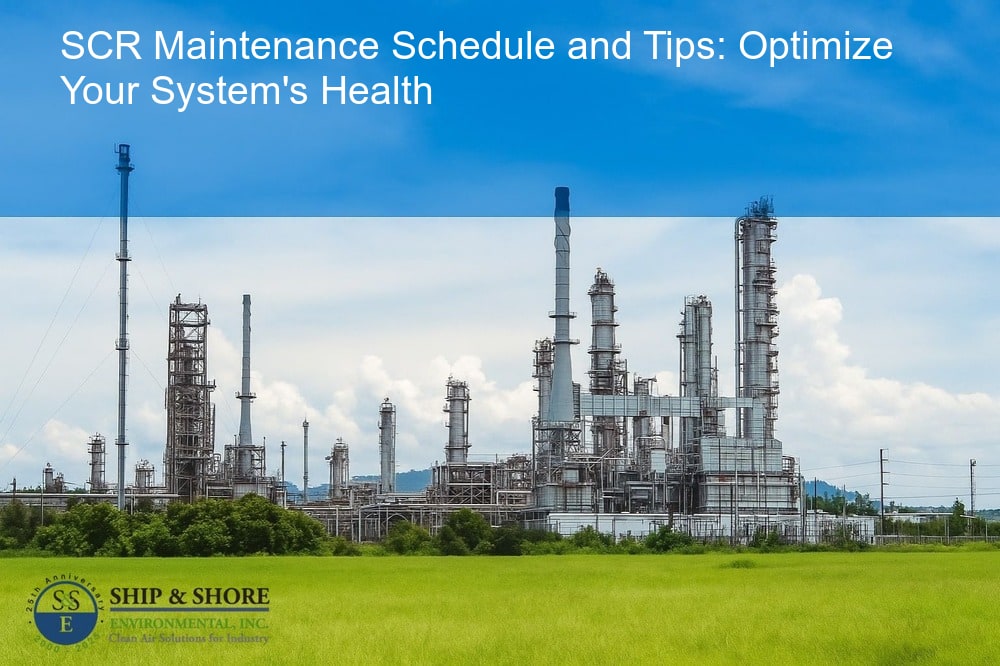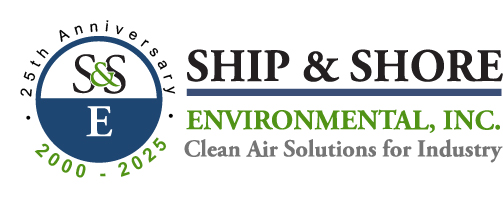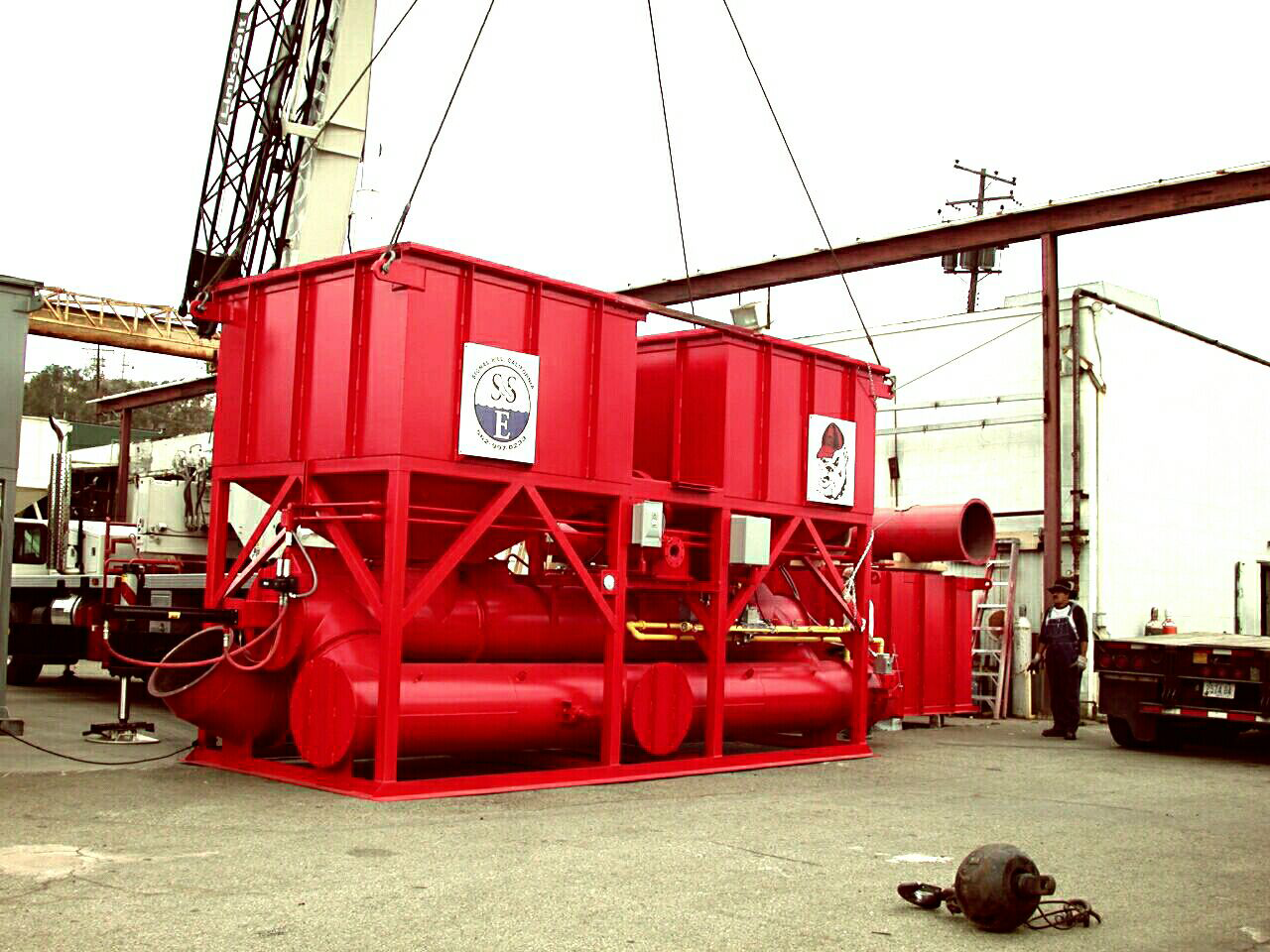
Mastering SCR Maintenance Schedule and Tips for Peak Performance
October 3, 2025 1:24 amThe Importance of Regular SCR Maintenance
Maintaining a robust SCR maintenance schedule and tips is fundamental for optimizing the efficiency and longevity of Selective Catalytic Reduction (SCR) systems. These systems are integral to industrial processes, dramatically reducing pollutant emissions and thereby contributing positively to environmental conservation and regulatory compliance. Regular maintenance is not just a recommended practice; it’s a critical requirement for ensuring that SCR systems operate at peak performance, avoiding costly downtimes and inefficient operations.
An Overview of SCR Systems in Industrial Use
Selective Catalytic Reduction systems are widely adopted across various industries, including power generation, petrochemicals, and manufacturing, where stringent emission regulations drive the need for effective solutions. The principle behind SCR technology involves injecting a reductant, typically ammonia or urea, into the flue gas stream of industrial exhausts. This chemical reaction transforms harmful nitrogen oxides (NOx) into benign nitrogen and water vapor. The role of SCR systems extends beyond compliance; they are a testament to a company’s commitment to sustainable practices and environmental stewardship.
Setting the Stage: Understanding SCR Maintenance Schedules
Establishing a comprehensive SCR maintenance schedule and tips tailored to your equipment and operational needs is the first step in safeguarding the performance of your SCR systems. A well-structured maintenance schedule should encompass regular inspections, component cleaning, calibration, and timely replacement of wear parts. Understanding the unique requirements of your SCR system and aligning these with industry best practices ensures that maintenance efforts are both efficient and effective.
At Ship & Shore Environmental, Inc., we emphasize the importance of a proactive approach to maintenance. An effective SCR maintenance plan not only addresses immediate repair needs but also includes preventive measures that can preempt potential issues before they manifest. This holistic approach is instrumental in maintaining optimal performance and extends the service life of your SCR system, resulting in significant cost savings and operational benefits over time.
Essential Components of an SCR Maintenance Schedule
Creating a robust SCR maintenance schedule and tips involves recognizing and addressing the key components integral to the system’s operation. Regular inspection and servicing of each component ensure that the SCR system performs efficiently and effectively over its lifespan. These components typically include:
- Reactors: Reactors should be examined for the buildup of deposits and wear and tear. Regular cleaning and part replacements can prevent malfunctions and extend their life.
- Ammonia Injection System: This critical component must be checked for leaks and blockages. Proper calibration ensures optimal performance and reduces ammonia slip.
- Catalyst: Regular replacement of the catalyst is vital. Monitoring the catalyst’s activity and ensuring it is replaced before its activity falls below effective levels can prevent costly downtimes.
- Control Systems: Ensure that control systems and sensors are functioning accurately. Regular software updates and recalibration are necessary for precise operation.
Scheduling these maintenance tasks systematically can avert major issues, enhancing the reliability and efficiency of the SCR system.
Key Tips for SCR Maintenance: Increasing Efficiency and Prolonging Lifespan
To maximize the efficiency and lifespan of our SCR systems, consistent attention to detail and proactive measures are essential. Here are some critical tips to incorporate into our SCR maintenance schedule and tips:
- Regular Inspections: Conducting regular inspections allows us to identify and rectify potential issues early. Visual inspections and diagnostic checks should be performed at least quarterly.
- Preventive Maintenance: Implementing preventive measures can significantly reduce unscheduled downtimes. This includes regularly replacing parts with a known life span before they fail.
- Training and Documentation: Regular training sessions for maintenance personnel ensure that they are updated with the latest practices and safety protocols. Maintaining detailed records of all maintenance activities improves accountability and provides valuable insights into the system’s performance over time.
- Using High-Quality Replacement Parts: Employing OEM parts or high-quality equivalents ensures that replacements are reliable and compatible with the existing system, thus preventing premature failures.
- Monitoring Trends: Monitoring performance trends can help forecast potential issues. For instance, a gradual decline in NOx reduction efficiency may indicate the need for catalyst replacement or adjustment in ammonia injection rates.
Case Study: Successful Application of SCR Maintenance Schedule and Tips
Let’s delve into a practical example that highlights the benefits of a well-executed SCR maintenance schedule and tips. In one scenario, an industrial facility faced recurring issues with their SCR system, leading to frequent downtimes and elevated operational costs. By implementing a comprehensive maintenance schedule, the facility addressed the root causes of these issues effectively.
First, the facility conducted a detailed assessment of their SCR system, followed by the development of a customized maintenance plan tailored to their unique operational requirements. This plan included a rigorous inspection routine, timely part replacements, and adherence to preventive maintenance protocols.
Furthermore, their staff received specialized training, which improved their ability to quickly diagnose and resolve issues. Regular performance monitoring allowed for early detection of potential problems, facilitating proactive interventions rather than reactive responses. As a result, the facility experienced a substantial reduction in downtimes, enhanced system reliability, and significant cost savings over time.
This case underscores the vast benefits of integrating a robust SCR maintenance schedule and tips into regular operations. The implementation of these strategies can dramatically improve system performance and longevity, ultimately resulting in more efficient and cost-effective operations.
Did you know? Regular SCR maintenance can reduce emissions by up to 90%, significantly contributing to environmental protection and compliance with regulations.
The Impact of Diligent SCR Maintenance on Overall System Performance
As we have seen, adhering to a well-structured SCR maintenance schedule and tips can dramatically enhance the performance and efficiency of our Selective Catalytic Reduction (SCR) systems. Regular maintenance ensures that all components are functioning optimally, reducing the likelihood of unexpected breakdowns and costly repairs. Moreover, a diligently followed schedule can help us detect and address minor issues before they escalate into major problems.
Future Trends: How Advances in Technology May Impact SCR Maintenance
The landscape of SCR maintenance is poised for significant advancements with emerging technologies. Innovations such as IoT (Internet of Things) sensors and advanced data analytics are set to revolutionize how we approach SCR maintenance schedules. Predictive maintenance, powered by real-time data and machine learning algorithms, will enable us to anticipate component failures before they occur, allowing for proactive interventions. These technological strides will not only improve system reliability but also reduce the time and effort required for maintenance.
The Path Forward: Committing to Regular SCR Maintenance Schedule and Tips
In light of our discussion and the case studies highlighted, the importance of committing to a regular SCR maintenance schedule and tips cannot be overstated. By integrating these best practices into our routine operations, we can ensure the longevity and efficiency of our SCR systems. It is crucial to stay abreast of technological advancements that can further streamline our maintenance processes. In doing so, we not only safeguard our investments but also contribute to a cleaner and more sustainable environment.
FAQ
What are the key benefits of adhering to a regular SCR maintenance schedule?
We can reap multiple benefits by following a consistent SCR maintenance routine, such as preventing unexpected system failures and improving the overall efficiency of our SCR systems. Regular maintenance helps us detect potential issues early on, ensuring our equipment remains in optimal working condition and saving us from costly downtime and repairs.
How can emerging technologies improve the way we maintain our SCR systems?
Advancements in IoT and analytics are paving the way for predictive maintenance strategies that utilize real-time data to anticipate potential system failures. This proactive approach allows us to address concerns before they escalate, ultimately enhancing system reliability and reducing the time spent on routine checks and maintenance tasks.
What are the critical components to focus on during SCR system maintenance?
During maintenance, it’s essential to concentrate on key components like the catalyst, ammonia injection grid, and the SCR reactor. It’s also vital to check sensors, electrical connections, and supporting hardware to ensure the entire apparatus is functioning cohesively and efficiently.
Could you provide an example of how diligent maintenance impacts system performance?
For instance, through diligent upkeep, we observed a significant reduction in unexpected breakdowns and a noticeable improvement in emission control. This outcome was the result of consistent inspections and timely replacement or servicing of worn components, which also resulted in better fuel efficiency and reduced operational costs.
How will committing to a comprehensive maintenance routine impact our environmental goals?
By committing to rigorous care of our selective catalytic reduction system, we contribute markedly to our goal of a cleaner environment. Effective maintenance ensures that emission levels stay within required parameters, thus supporting our dedication to sustainable operations and compliance with environmental regulations.
Categorised in: Blog

